Boiling’s effect on proteins

Under the favorable conditions of wort boiling, proteins and other polypeptides present in the wort will combine with polyphenols or tannins.
The rate and extent to which this occurs is influenced by several factors. Since the meeting of the components depends on chance encounters,
the rate is increased by the mixing action of the wort, and also by their relative concentrations.
Protein-tannin complexes collide with other protein-tannin complexes and stick together until they achieve a certain mass and precipitate out of solution.
Protein and tannins are the primary constituents of the hot break in the kettle.
The hot break is the brown scum that forms on top of the wort as boil approaches and is also known as hot trub.
Its formation is aided by the addition of kettle finings, usually extracted from seaweed.
Irish moss can be added to the kettle 15 minutes before the end of the boil; the moss is negatively charged and can attract positively charged proteins in the wort.
Although boiling for extended periods can increase the amount of trub formed, boiling for too long creates “shear forces” that break up the larger flocs back into smaller ones,
making their ultimate removal more difficult. Lower pH causes flocs to be larger and more stable, and the presence of calcium ions aids protein aggregation by binding proteins together.
Edited by Cody
[email protected]




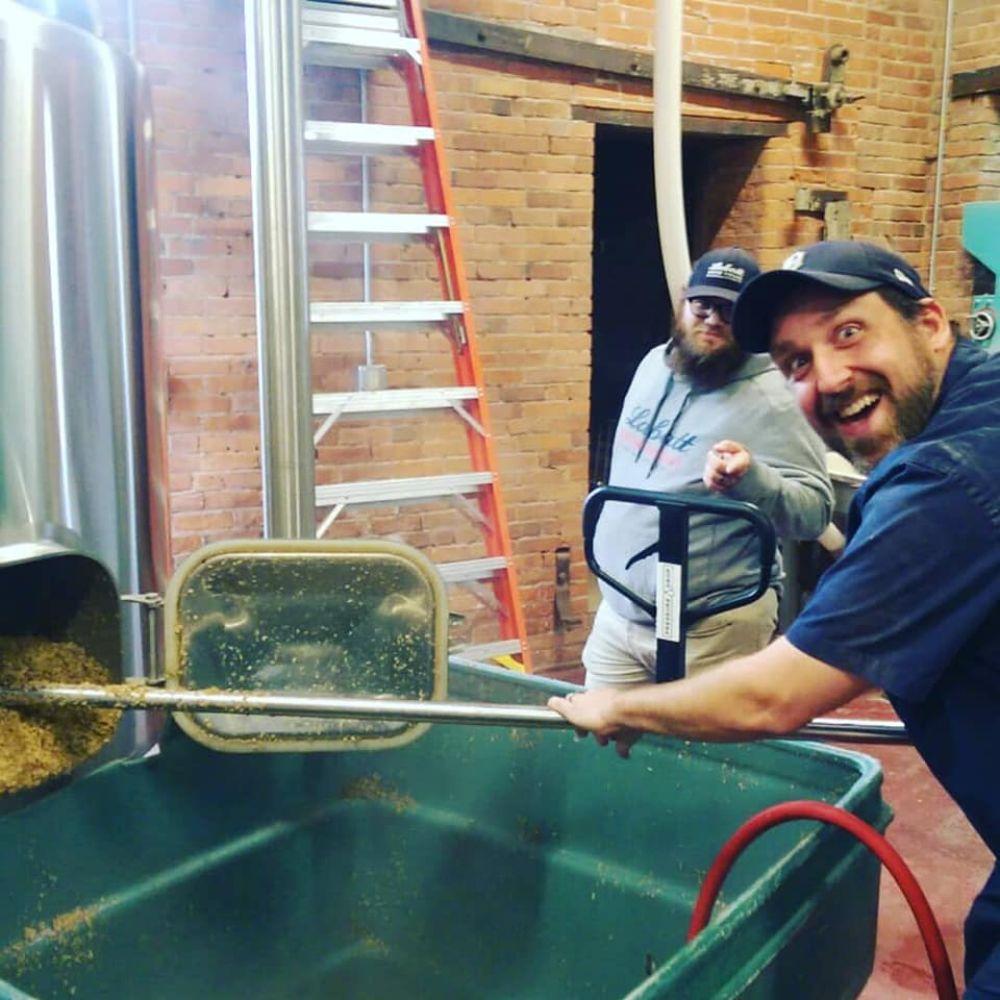
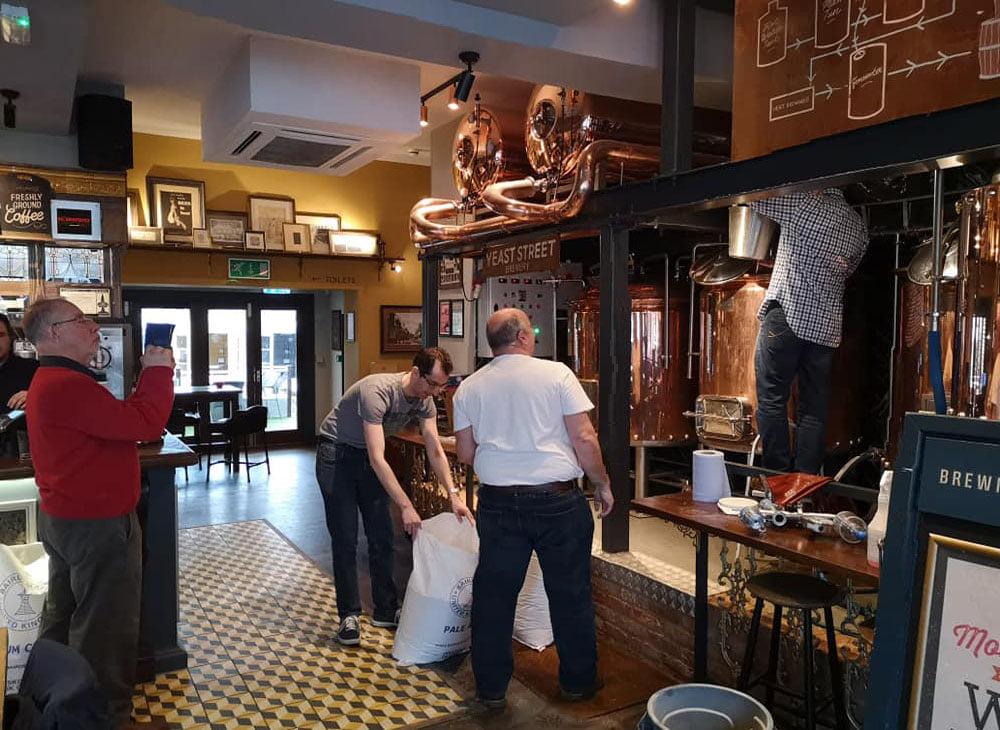
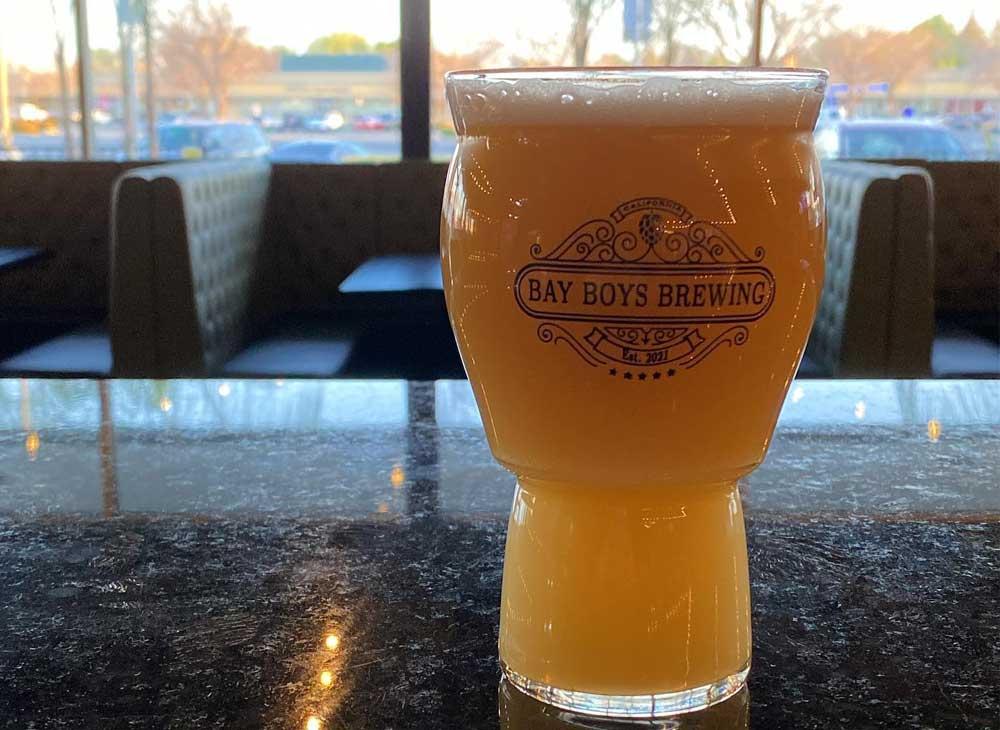
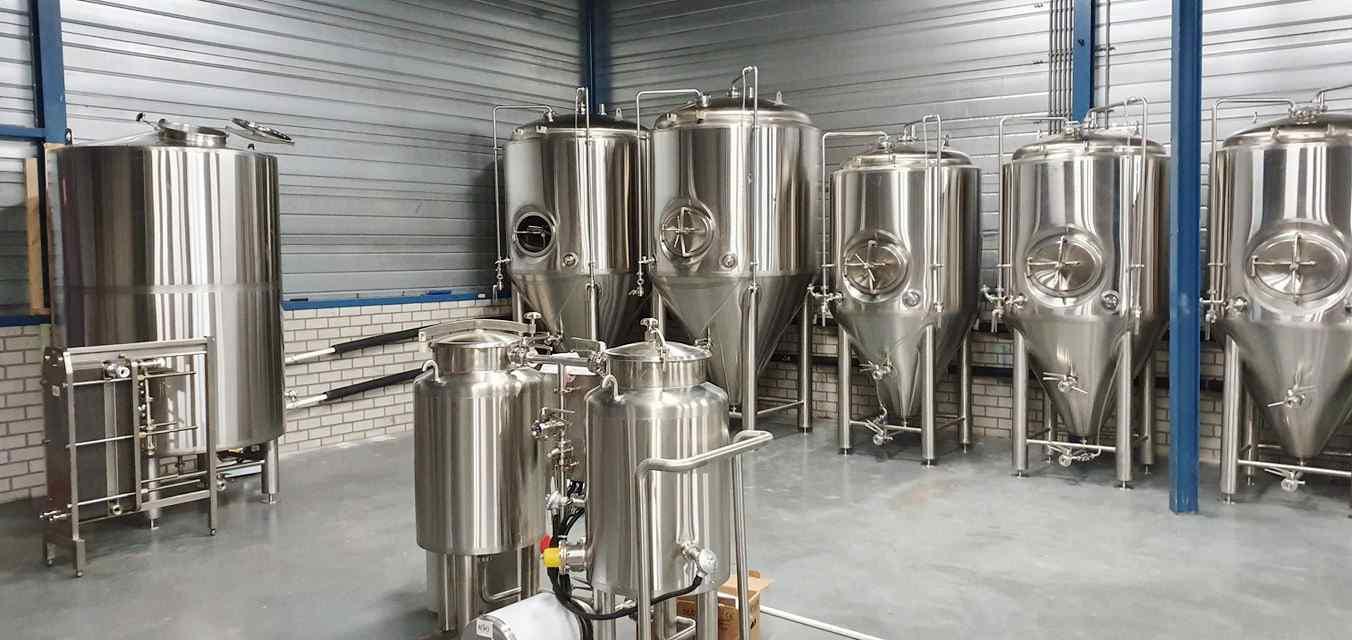
.jpg)
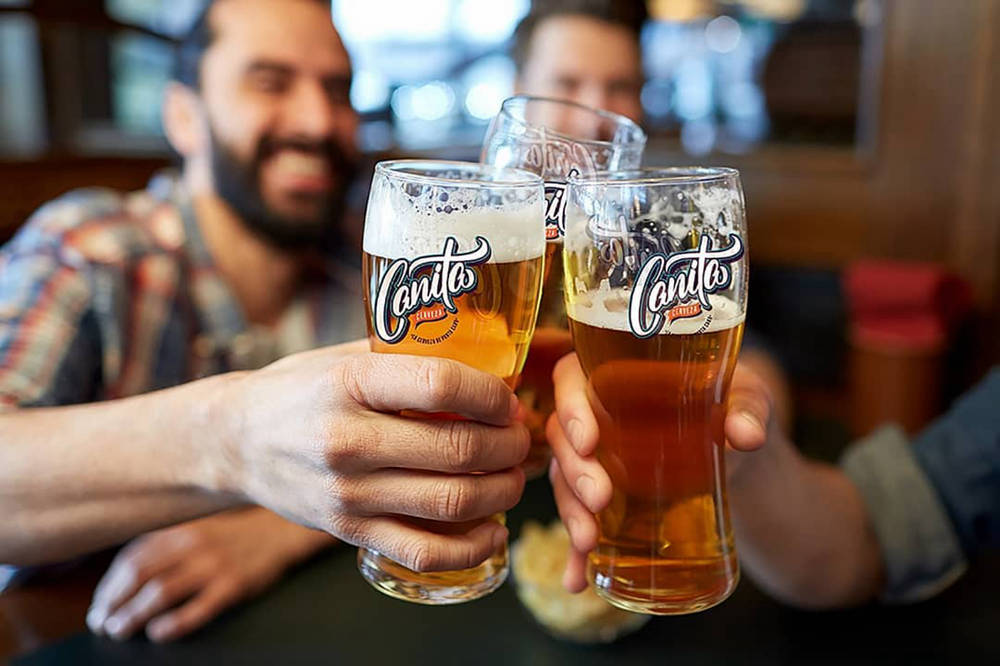
Leave a Comment